FABRIC MATTERS: BLENDED FABRICS – Style Clinic
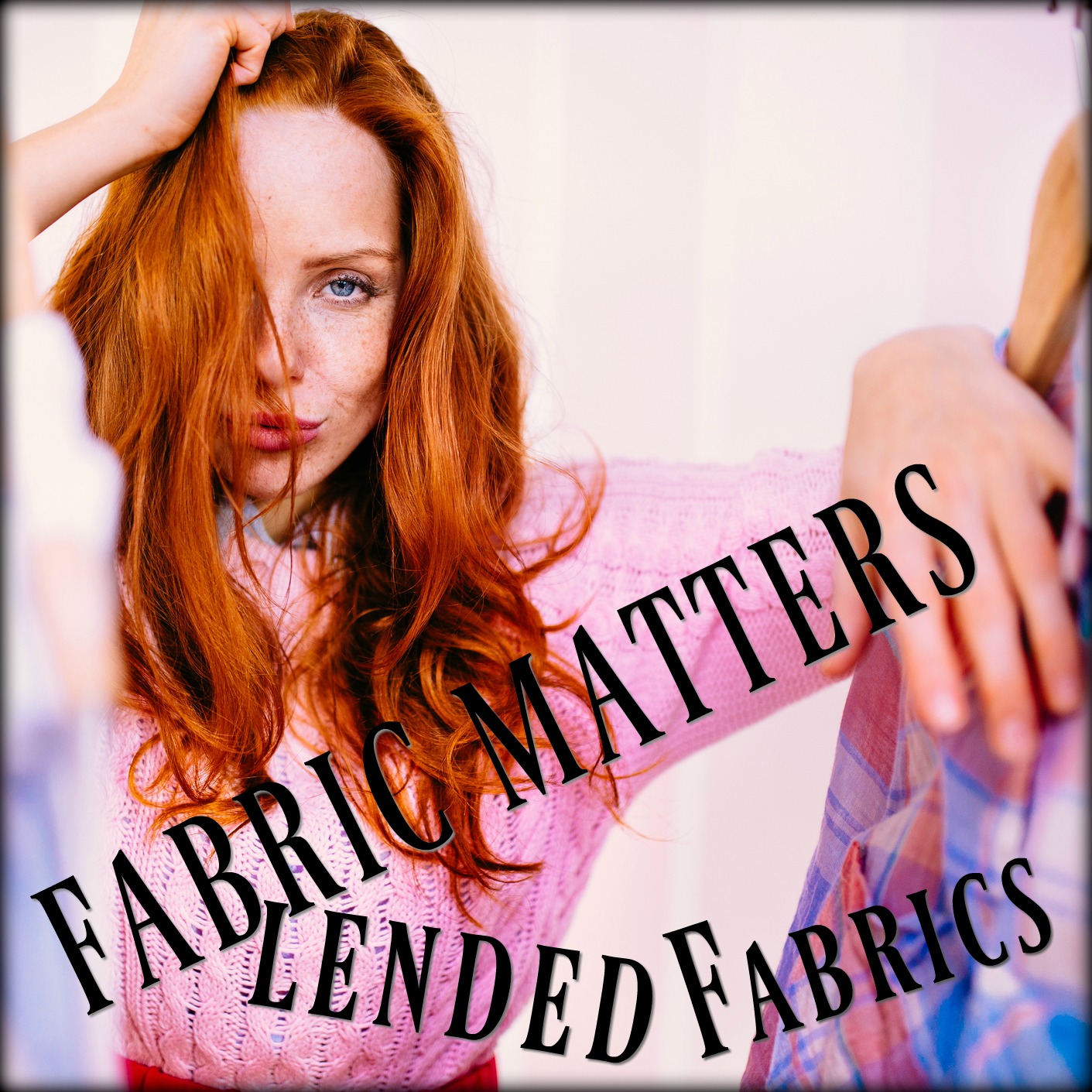
When was the last time you stopped and considered the fabric content of the garment you were about the purchase?
Few women except maybe those with a particular fabric dislike stop and think about the quality and properties of the fabric in the garment they are about to purchase, and yet it’s the fabric that holds the key to how an item will drape, feel and wear over time.
In today’s feature, I want to explore with you some of the most common fashion fabrics and blends – the pros and cons so you can know if the garment will serve you as you expect.
What are Blended Fabrics?
Simply put it’s when two or more types of fibers are combined together into the one fabric.
Blends are created to improve the feel, performance or durability of the fabric. For example when cotton and spandex are combined it often creates a fabric that is that is lightweight, cool and with some degree of stretch. The percentage of each fiber is important as more or less of each can make or break the fabric. Too high a percentage of a stretch fiber in a fabric and the garment can turn into a saggy mess, too little and you can feel overly constricted.
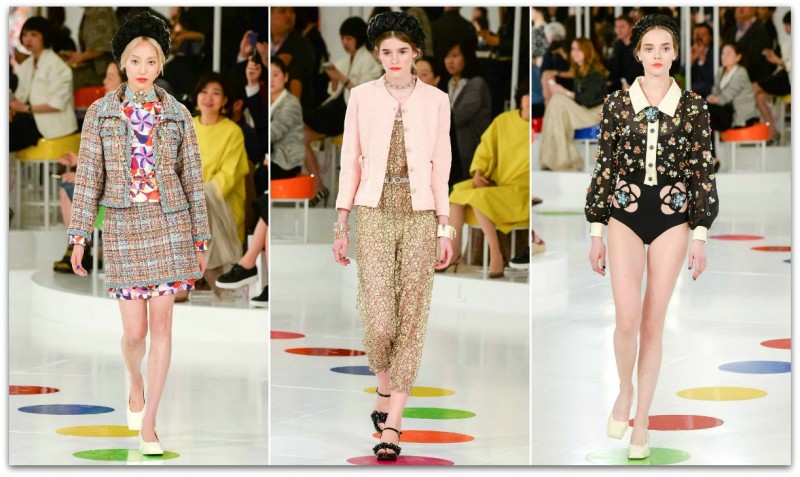
The Birth of Blended Fabrics
Well before the arrival of man-made fibers, manufacturers were creating hundreds of different kinds of fabrics from natural fibers such as wool, cotton, silk and flax. Each differed mainly by fiber content, weight, style of weave, or sheen.
Natural fabrics tend to have positive characteristics such as durability, non-allergic, breathable and therefore are comfortable to wear, absorbent, fire resistant and biodegradable. Negatives include being: expensive, high maintenance, shrinkage and delicate.
The first commercial production of a man-made fiber was achieved in 1889 by French chemist, Charles Chamberland, who caused a sensation in the Paris Exhibition when he showed his ‘artificial silk’. Next came rayon in 1910 and nylon in 1939. By the 1950′s made-made fabrics were taking 20% of all fibers being produced by American mills. These fibers were developed to solve some of the more problematic issues associated with natural fibers such as moths, wrinkles, and durability.
The positive characteristics of man-made fibers include water and stain resistance, stretch, strength, durable, retain shape and comparably less expensive. Negatives include being: hot to wear, they do not absorb water, seams do not hold as tight as natural fabrics, prone to skin allergies and they are not biodegradable.
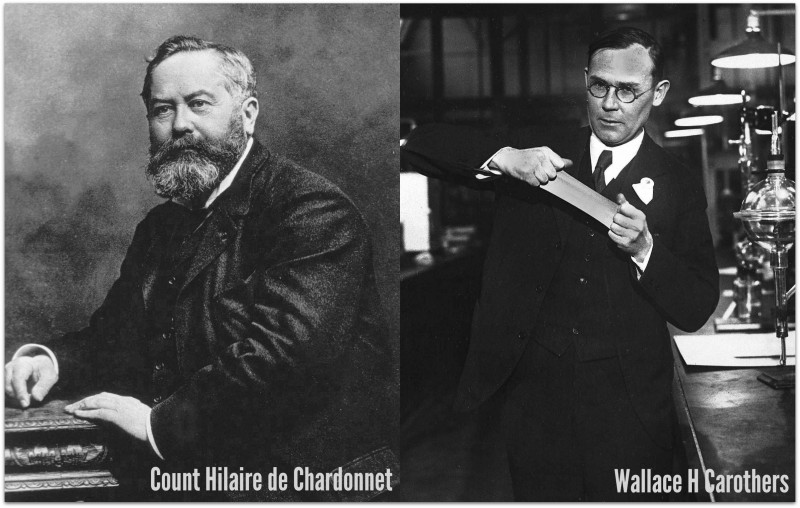
Popular/Common Blended Fabrics
The more popular blended fabrics include:
-
Polyester / Cotton
-
Nylon / Wool
-
Polyester / Wool
-
Cotton / Lycra
-
Wool / Cotton
-
Linen / Cotton
-
Linen / Silk
-
Linen / Rayon
-
Silk / Wool
-
Rayon / Cotton
The primary purpose of creating blended fabrics is to marry two qualities inherent in each fabric with each other to create a final complementary blend. There are a number of reasons why fabrics are combined. It might be to improve the look or feel (known as the ‘hand’), to make the fabrics easier to care for or handle, or to make it more economical for manufacturers.
Here’s a breakdown of what the most common fibers bring to a blend:
-
Spandex
adds elasticity and comfort.
-
Polyester
gives wash and wear benefits, increases wrinkle resistance, shape retention
and durability and lowers the fabric cost.
-
Rayon
improves moisture absorbency, attracts less static and adds luster.
-
Acrylic
improves softness and gives the fabric wool-like qualities.
-
Acetate
adds luster and shine, lowers the cost of the fabric and improves drapeability.
-
Cotton
lessens static, increases absorbency, comfort, and dye-ability.
-
Wool
adds warm and bulk, helps retain shape, increases absorbency and wrinkle resistance.
-
Silk
adds comfort, luster, and prestige.
-
Angora
hair adds fluffiness.
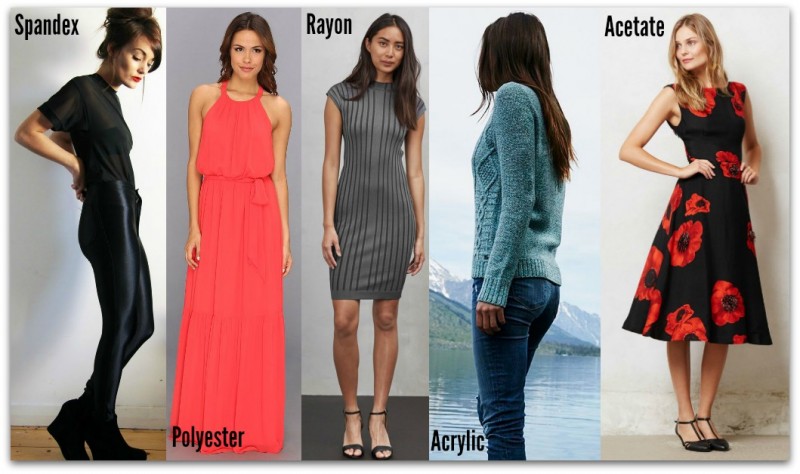
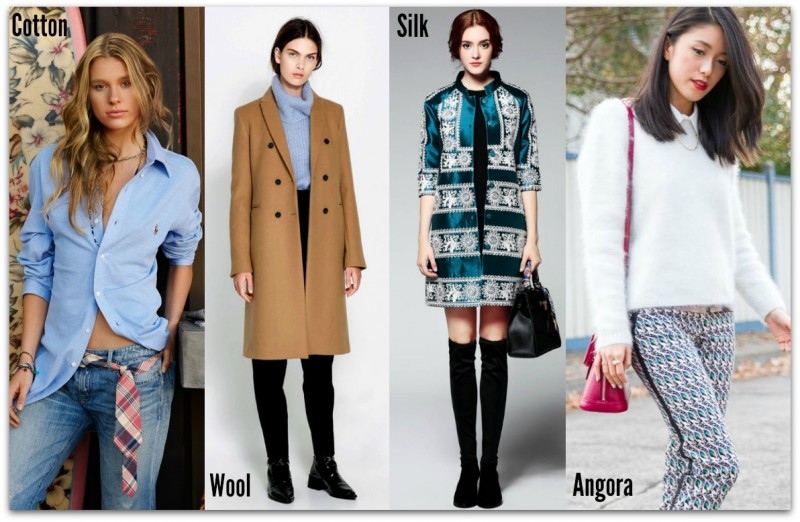
New Blend Fibers
Tencel and bamboo are two new microfibers that blur the lines between natural and synthetic and although both are derived from organic sources, these new microfibers are synthetically derived. Tencel is made from cellulose that is obtained from wood and pulp. It’s typically used with casual wear such as T-shirts and jeans.
Tencel is biodegradable, absorbent, and has low heat retention making it ideal for hot weather. It is also very breathable, wrinkle-free, and qualifies as an easy care fabric. Denim Tencel is readily available in the market, it’s very comfortable.
Bamboo, like Tencel, is biodegradable. This sustainable fabric is often described as cool to the touch, soft to wear, and comfortable 24/7. It is also excellent at moisture wicking which pulls moisture from the body to the exterior of the shirt where it can evaporate more easily. Many also consider bamboo to be a more sustainable alternative to cotton and it looks and feels more luxurious than cotton.
Both Tencel and Bamboo are being used for active wear and casual wear. Unlike wool and cotton blends, which are strongly identified with one specific season of the year or type of weather, Tencel and Bamboo are versatile enough to be worn for multiple seasons since both fabrics have cooling and anti-moisture properties.
Modal is a blend is a blend of cotton and modal which is a type of rayon made from beech tree fibers. When modal is added to cotton, the result is a fabric that shrinks less, is softer to the touch and is more absorbent than fabric made from pure cotton. Because of its silky feel, clothing manufacturers often use modal cotton in underwear and other fabrics that come into direct contact with the skin, such as sheets and towels. However, even though modal is made from beech fibers, it is not considered a completely natural fiber because many chemicals are used in its manufacture. Garment care instructions for modal cotton fabrics are similar to those for cotton fabrics, although the addition of modal to cotton makes fabric more susceptible to damage by excessive heat and chlorine bleach.
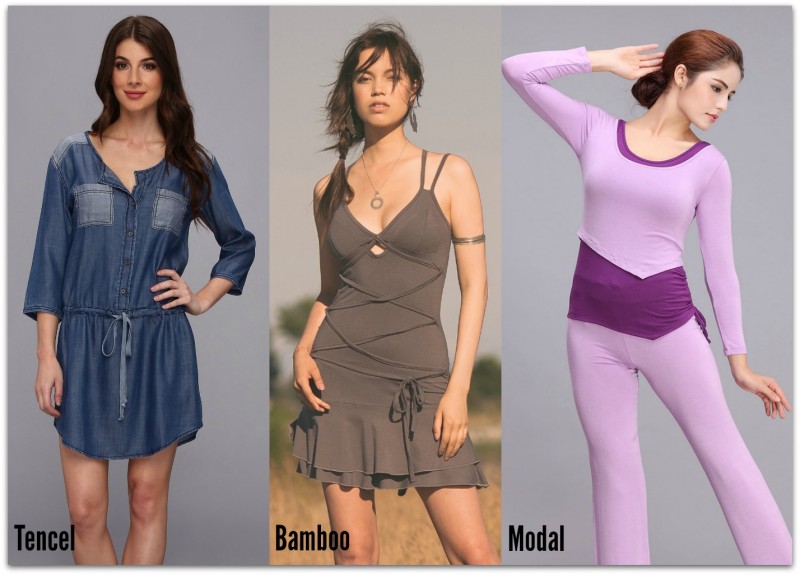
Nano Technology
Recent scientific and technological advancements have brought about an entirely new type of blending within fabrics.
Nanotechnology allows for all manner of materials to be blended into fibers on a microscopic level to improve their use, life, comfort, and hygiene.
Here’s a few examples:
Microbe-killing silver
Silver nanoparticles are added to clothing for their powerful ability to kill bacteria and fungi and to prevent the nasty odors they cause. Nanosilver particles release positively charged ions that stop bacterial cells functioning. The particles’ tiny size means the garment stays soft and wearable.
Silica for waterproofing and stain resistance
Nanoparticles of silica incorporated into the weave of a fabric or sprayed onto its surface create a coating that repels water and stain-producing liquids. The angle and roughness of the silica coating creates enough surface tension to ensure that liquids form beads that roll off the fabric rather than soaking into it.
Sunblocking titanium dioxide and zinc oxide
Ever got sunburnt through your T-shirt? Nanoparticles of titanium dioxide or zinc oxide are incorporated into textiles to protect your garments – and your skin – from sun damage. Both particles scatter the ultraviolet light in sunlight, and do so more effectively as nanoparticles rather than as larger particles.
Antistatic particles
Some fabrics – particularly synthetics such as polyester and nylon – tend to gather static charge. Whisk a top over your head and your hair stands on end. But nanoparticles that conduct electricity, such as zinc oxide, titanium dioxide, and antimony-doped tin oxide, can help disperse this charge.
At the moment, clothes featuring nanotechnology are largely made from standard fabrics upon which a nano-coating has been applied. But in the future, we’re likely to see more fabrics made from nanofibres, with nanoparticles and nanofilaments an integral part of the weave. A new era of “smart” fabrics, for example, could automatically respond to your body and the environment around you.
I hope that this quick field guide to blended fabrics has shed some light on its unique properties as well as its practical applications.


If you enjoyed this week’s feature
please like it on Facebook or Instagram
or leave a comment/question below.
Thank you.
Ann Reinten AICI CIP
Author





